A tiny house typically refers to a dwelling that is less than 400 square feet in size. These homes are designed to be compact and efficient, with minimal living space and storage. They often feature creative design solutions such as built-in furniture and multi-purpose rooms. Tiny houses can be built on wheels, making them mobile and easy to move, or they can be built on foundations.
A small house, on the other hand, is generally considered to be a dwelling that is larger than a tiny house, but still smaller than the average-sized home. A small house is typically between 400 and 1,000 square feet in size. These houses often have more traditional floor plans with separate rooms for living, sleeping, and cooking. They also usually have more storage space than tiny houses.
Both tiny houses and small houses are designed to be more affordable and sustainable than traditional homes. They require less energy to heat and cool, and they have a smaller ecological footprint. However, tiny houses may be more challenging to live in long-term due to the limited living and storage space. On the other hand, small houses have more space, and they are still very affordable and easy to maintain.
In summary, the main difference between a tiny house and a small house is their size and the way they are designed. Tiny houses are extremely compact and efficient, while small houses have more traditional floor plans and a bit more space. Both types of homes can be successful, but it ultimately depends on the individual’s lifestyle and needs.
Where Are the Best Places to Put a Tiny House?
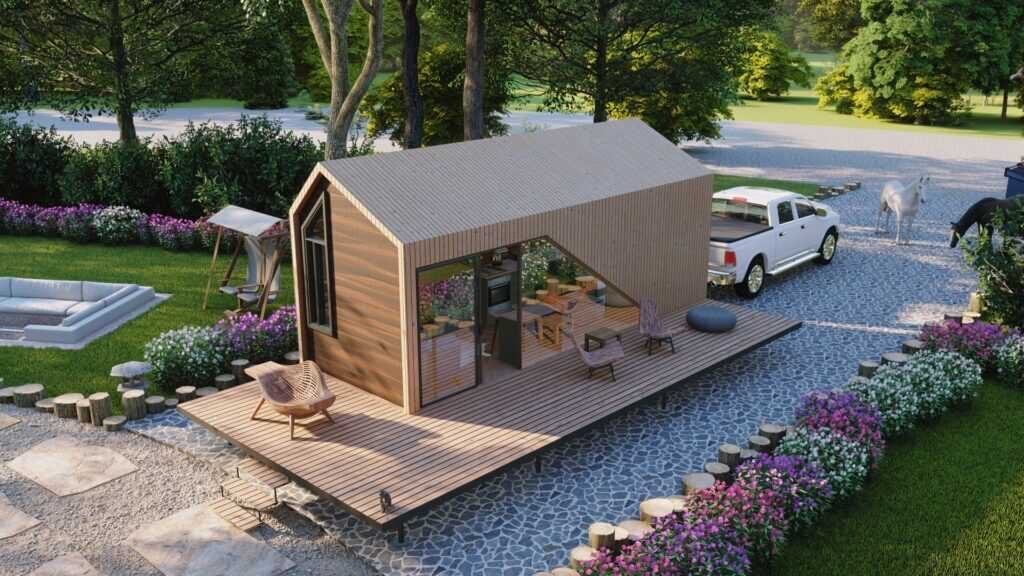
Tiny homes have become a popular alternative for those seeking a minimalist lifestyle. The best places to put a tiny home are dependent on local zoning laws, building codes, and personal preferences.
- Private property with owner’s consent – If you own land or have a friend or family member who is willing to allow you to park your tiny home on their property, this can be an ideal option. Just be sure to research any regulations or restrictions in your area.
- Tiny house communities – There are now a growing number of tiny house communities that provide a supportive environment for tiny homeowners. Some communities have shared amenities, like gardens and common spaces, and offer a sense of community.
- RV parks – RV parks can be a convenient place to park your tiny home, especially if you want to live a more mobile lifestyle. Some RV parks allow tiny homes but be sure to check their rules and regulations before setting up.
- Agricultural land with owner’s consent – Placing your tiny home on agricultural land can offer a peaceful, rural living experience. However, there may be regulations on the size and type of dwelling that can be placed on the land.
- Special zoning areas designated for tiny homes – Some cities and towns have established special zoning areas for tiny homes, which can make it easier to legally reside in a tiny home.
Regardless of where you choose to put your tiny home, it’s crucial to research local laws and regulations, and to make sure your tiny home meets any necessary building codes and safety requirements.
Maximizing Space in A Tiny House
Maximizing space in a tiny house requires careful planning, thoughtful design, and a willingness to embrace minimalism. Here are some tips for making the most of your tiny home:
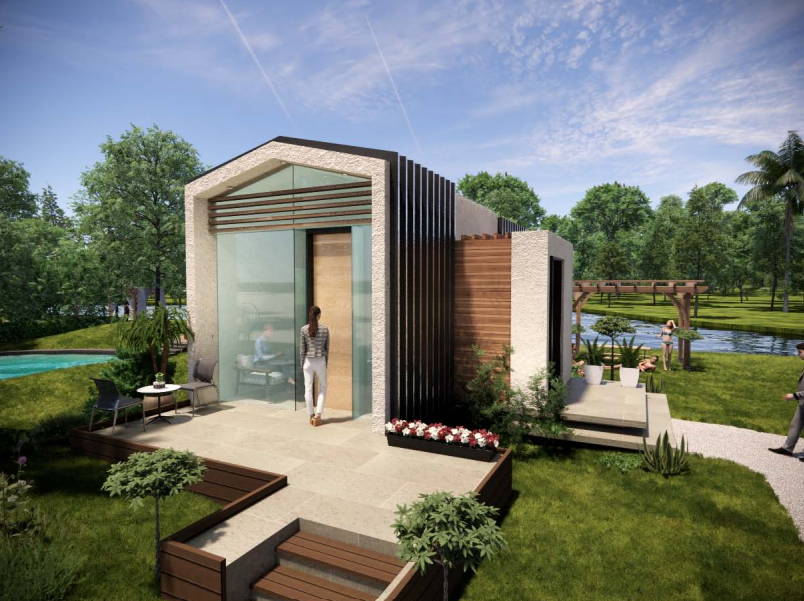
- Multi-functional furniture – Invest in furniture that can serve multiple purposes, like a bed with storage underneath, or a dining table that can also be used as a workspace.
- Vertical storage – Use every inch of available space, including walls, by installing shelves, hooks, and cabinets.
- Built-in features – Incorporate built-in features, such as a Murphy bed, that can be tucked away when not in use.
- Utilize space under the stairs – Turn the space under the stairs into a functional area, such as a pantry or a desk.
- Limit clutter – Declutter your home and avoid having too many decorative items, which can take up valuable space.
- Maximize natural light – Make use of natural light to create the illusion of a larger space, and keep windows and skylights unblocked.
- Choose compact appliances – Select compact appliances, such as a mini refrigerator, a two-burner stove, and a portable washing machine, that are designed for small living spaces.
- Keep it simple – Stick to a simple color scheme and avoid having too many patterns, which can make a small space feel cluttered.
By following these tips, you can create a comfortable, functional, and spacious tiny home that meets your needs.
Tiny House Inspiration: Creative Designs and Layouts
Tiny houses come in all shapes and sizes, each with its own unique design and layout. Here are some creative tiny house designs and layouts to inspire you:
- The A-Frame – A triangular-shaped tiny house that maximizes headspace and offers plenty of natural light.
- The Loft – A popular tiny house design that features a sleeping loft above the living area.
- The Tumbleweed – A compact, circular tiny house with a spacious interior.
- The Container Home – A tiny house made from recycled shipping containers, offering a unique and eco-friendly living space.
- The Tiny Houseboat – A floating tiny home that combines the freedom of tiny living with the freedom of the open water.
- The Tiny House on Wheels – A mobile tiny house that can be easily moved from one location to another.
- The Round House – A tiny house with a circular layout, offering a unique and spacious feel.
- The Tiny House with a Green Roof – A tiny home with a living roof, offering insulation and a sustainable living space.
- The Tiny House Treehouse – A tiny home nestled in the trees, offering a unique and sustainable living space.
- The Tiny House with a Loft Bedroom – A tiny home with a sleeping loft above the living area, offering more space and privacy.
These creative tiny house designs and layouts demonstrate that the possibilities are endless when it comes to designing your own tiny home. So, be creative and design a tiny house that reflects your personal style and meets your needs.
Tiny House Vs. Micro Apartment: Which Is Right for You?
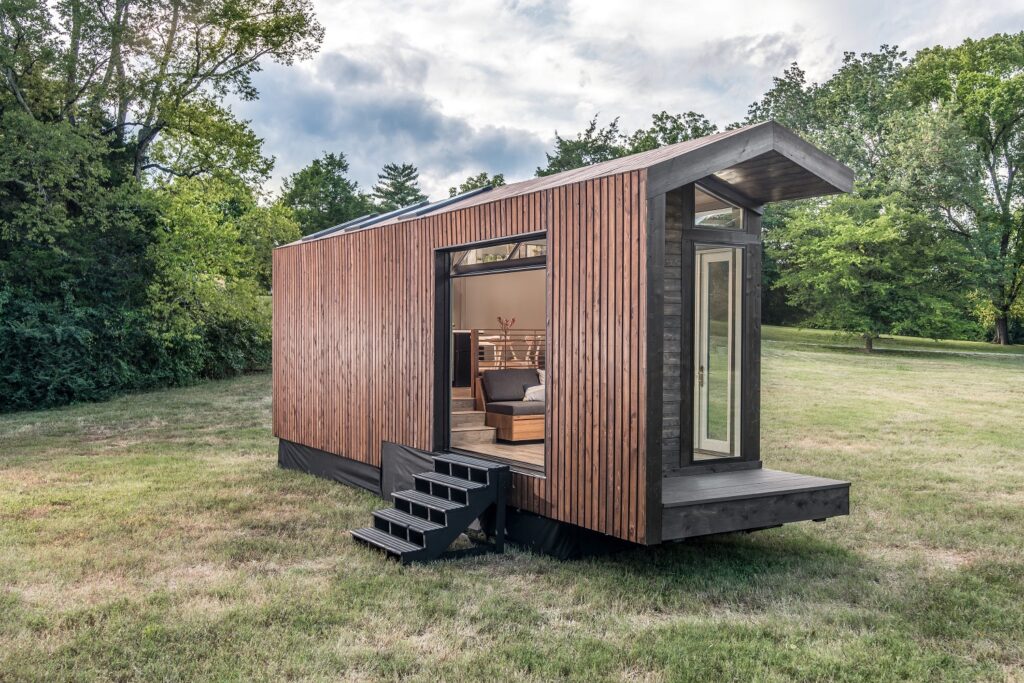
Tiny houses and micro apartments are two small living options that offer their own unique benefits and drawbacks. Here are some factors to consider when deciding which is right for you:
- Cost – Tiny houses tend to be more expensive to build or buy but may be more cost-effective in the long run due to lower maintenance and utility costs. Micro apartments tend to be more affordable upfront, but monthly costs can be higher.
- Mobility – Tiny houses can be moved from place to place, making them ideal for those who prefer a nomadic lifestyle. Micro apartments are typically stationary and located in urban areas.
- Space – Tiny houses offer more personal space and privacy, but less storage and common space. Micro apartments offer less personal space but more access to shared amenities and common spaces.
- Maintenance – Tiny houses often require more maintenance due to their mobility and self-sufficiency. Micro apartments are typically low-maintenance, with many maintenance tasks handled by the building management.
- Lifestyle – Tiny houses are ideal for those seeking a minimalist lifestyle and more control over their living environment. Micro apartments are ideal for those seeking a more social, urban lifestyle with access to amenities and services.
Ultimately, the choice between a tiny house and a micro apartment will depend on your personal lifestyle, needs, and budget. It’s important to weigh the pros and cons of each option to determine which is right for you.

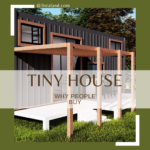
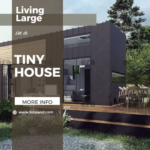
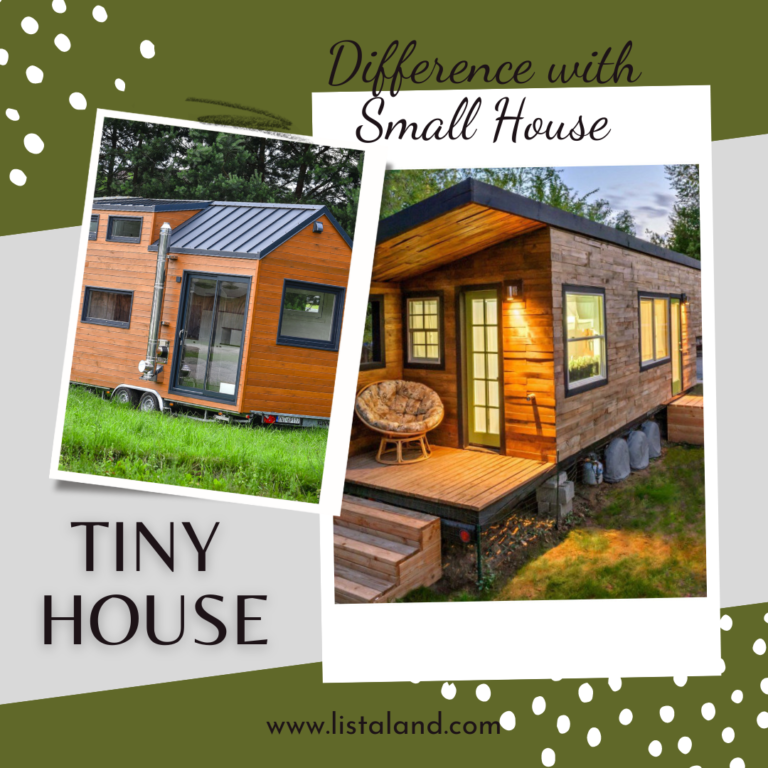
0 Comments